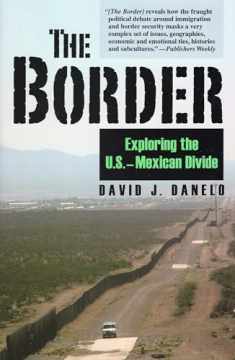
The U.S.-Mexican Border in the Twentieth Century (Latin American Silhouettes)
Book details
Summary
Description
The 2,000-mile-long international boundary between the United States and Mexico gives shape to a unique social, economic, and cultural entity. The U.S.-Mexican Border in the Twentieth Century is the first comprehensive treatment of the fascinating evolution of the region since the beginning of the twentieth century. Drawing on the findings of the classic literature, new research, and current data, David E. Lorey considers the different roles that external influences and internal developments have played in shaping the border.
Exploring the evolution of a distinct border society, Lorey traces broad themes in the region's history, including geographical constraints, boom-and-bust cycles, and outside influences. He also examines the seminal twentieth-century events that have shaped life in the area, such as Prohibition, World War II, and economic globalization. Bringing the analysis up to the present, the book assesses such divisive issues as the distinction between legal and illegal migration, trends in transboundary migrant flows, and North American free trade.
Informative and accessible, this valuable study is ideal for courses on the U.S.-Mexico borderlands, Chicano studies, Mexican history, and Mexican-American history.


We would LOVE it if you could help us and other readers by reviewing the book
Book review




